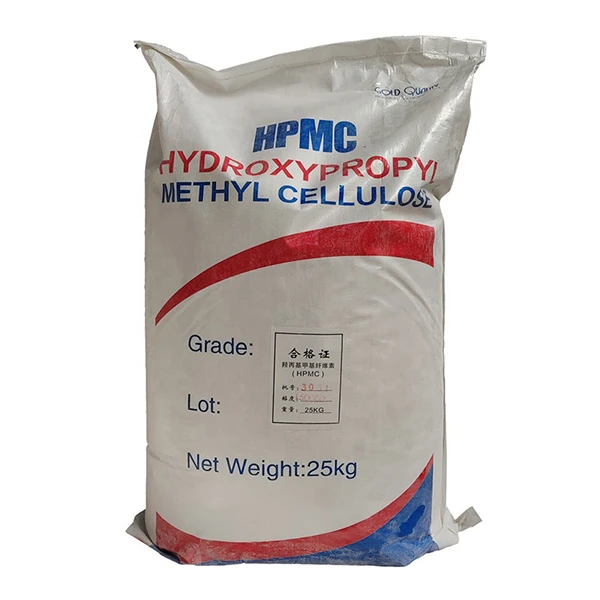Chemicals for Making Cement A Comprehensive Overview
Cement is one of the most widely used materials in construction, serving as a binding agent in concrete and mortar. The production of cement involves a complex chemical process that transforms raw materials into this essential building component. Understanding the chemicals involved in cement production is crucial for optimizing its composition, enhancing its properties, and ensuring environmental sustainability.
Raw Materials in Cement Production
The primary raw materials used in cement production include limestone, clay, and other minerals. Limestone, primarily composed of calcium carbonate (CaCO3), is the main source of calcium oxide (CaO), which is critical for the formation of cement. Clay, on the other hand, provides silica (SiO2), alumina (Al2O3), and iron oxide (Fe2O3), all of which contribute to the overall chemical composition of cement.
The extraction and processing of these materials typically involve crushing and grinding to achieve a fine powder, which ensures that the chemical reactions during calcination are efficient. It is during this stage that the raw materials are heated in a kiln to temperatures exceeding 1400°C, leading to a series of chemical reactions.
Key Chemical Reactions
The chemical reactions that occur during cement production are foundational to the creation of different types of cement. The primary reaction involves the calcination of limestone, which produces lime (CaO) and carbon dioxide (CO2)
\[ \text{CaCO}_3 \rightarrow \text{CaO} + \text{CO}_2\uparrow \]
When lime reacts with the siliceous and aluminous components from clay, it forms various compounds that are crucial to the cement's properties
. The main compounds formed includechemicals for making cement

1. Tricalcium Silicate (C3S) This is the most important compound in Portland cement and is responsible for the strength and durability of concrete. 2. Dicalcium Silicate (C2S) It contributes to the long-term strength of cement and contributes to hydration over time. 3. Tricalcium Aluminate (C3A) Known for providing early strength, C3A can also affect the setting time and heat of hydration. 4. Tetracalcium Aluminoferrite (C4AF) This compound helps in reducing the melting temperature of the mix and plays a minor role in the strength development.
Through these reactions, a fine powder known as clinker is produced. This clinker is then ground with a small amount of gypsum (CaSO4·2H2O) to form cement. Gypsum is crucial as it regulates the setting time of the cement, preventing it from hardening too quickly.
Chemical Additives and Their Role
To enhance specific properties of cement, various chemical additives can be introduced during the production process. These may include
- Fly Ash A byproduct from coal combustion, it can improve workability and reduce water demand. - Slag Contributing to long-term strength and reducing permeability, slag is derived from the steel-making industry. - Lime and Calcium Sulfate These additives can improve the binding properties and adjust the pH level of the mixture.
Environmental Considerations
The production of cement is energy-intensive and contributes to significant CO2 emissions. Innovations in the cement industry are increasingly aimed at reducing the environmental footprint. This includes the use of alternative raw materials, such as using recycled concrete aggregate and industrial byproducts. Additionally, the development of low-carbon cements and carbon capture technologies are gaining attention as feasible solutions to mitigate environmental impact.
Conclusion
The chemistry behind cement production is intricate and involves a variety of reactions and additives that influence the final product's properties. With a focus on sustainability, the industry is evolving, seeking ways to minimize environmental impacts while maintaining the essential characteristics of cement. Understanding the chemicals involved is crucial for professionals in the field and highlights the importance of research and innovation in creating a more sustainable future for construction materials.
-
A Comprehensive Guide to Methyl Ethyl Hydroxyethyl Cellulose: Applications and Industry InsightsNewsNov.24,2025
-
Understanding Methyl 2 Hydroxyethyl Cellulose: Uses, Benefits & Industry InsightsNewsNov.24,2025
-
Hydroxyethyl Methyl Cellulose HEMC: Industrial Uses, Benefits & Future TrendsNewsNov.23,2025
-
HEMC Cellulose: Versatile & Sustainable Industrial Polymer | YoungcelNewsNov.23,2025
-
Methyl Hydroxyethyl Cellulose: Versatile Building Block for Industry & SustainabilityNewsNov.23,2025
-
CAS 9032 42 2: Understanding Polyvinyl Alcohol's Impact on Industry & SustainabilityNewsNov.22,2025




